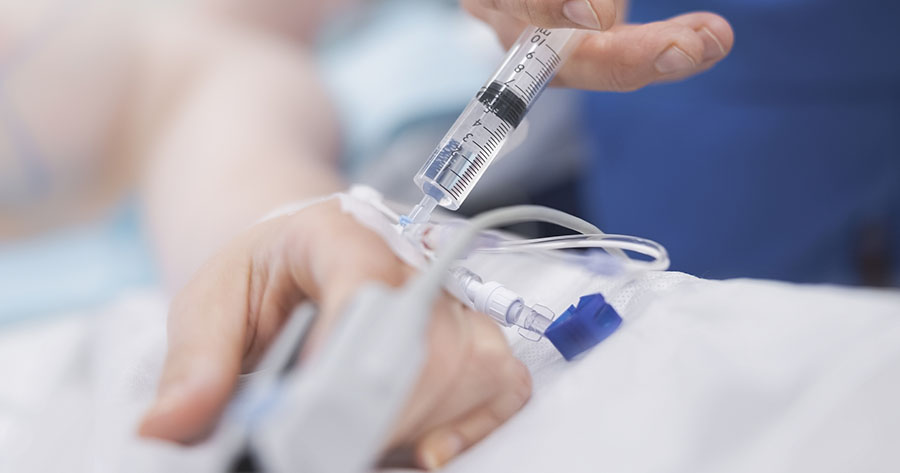The Impact Diabetes report, by the York Health Economic Consortium and developed with Diabetes UK, Juvenile Diabetes Research Foundation and Sanofi Diabetes, highlights the projected NHS annual spending in both type 1 (T1D) and type 2 diabetes (T2D) over the next 25 years and will be published in Diabetic Medicine (Hex et al, 2012). The total cost associated with diabetes in the UK currently stands at £23.7 billion and is predicted to rise to £39.8 billion by 2035/6.
The authors predict that the cost of treating diabetes complications (including kidney failure, nerve damage, stroke, blindness and amputation) is expected to almost double from the current total of £7.7 billion to £13.5 billion by 2035/6.
A high percentage (79%) of NHS diabetes spending that goes on complications – many of which are preventable – and the report’s authors speculate that investing in the checks and services to help people manage the condition and reduce the risk of complications could actually be less expensive than the current approach.
The report quantifies the current costs of direct patient care for diabetes (which includes treatment, intervention and complications) and indirect costs of diabetes, such as those related to increased death and illness, work loss and the need for informal care, and also predicts the UK’s future costs of diabetes.
“This report shows that without urgent action, the already huge sums of money being spent on treating diabetes will rise to unsustainable levels that threaten to bankrupt the NHS,” said Barbara Young, Chief Executive of Diabetes UK. “But the most shocking part of this report is the finding that almost four-fifths of NHS diabetes spending goes on treating complications that in many cases could have been prevented. The failure to do more to prevent these complications is both a tragedy for the people involved and a damning indictment of the failure to implement the clear and recommended solutions. Unless the government and the NHS start to show real leadership on this issue, this unfolding public health disaster will only get worse.”
Karen Addington, Chief Executive of the Juvenile Diabetes Research Foundation, added: “It’s the first time that we have been able to see the cost of type 1 diabetes separately. This is important because the causes of type 1 and the challenges it presents are very different to type 2, and only medical research can lift this burden on families, the NHS and the economy.”
“Many guidelines to help effectively manage diabetes exist, however to what extent they are followed is up for debate,” said Dr Andrew Hockey, Medical Director, Sanofi Diabetes. “We plan to carry out further research to examine the cost impact if NICE guidelines were fully adopted across the UK, including the extent of cost savings that could potentially amass from reduced or delayed complications. This should help to highlight how investment in effective management could potentially reduce the overall cost burden of diabetes.”
Key findings from the report
- There are currently around 3.8 million people living with diabetes in the UK and this is expected to increase to 6.25 million by 2035/6.
- The current cost of direct patient care (which includes treatment, intervention and complications) for people with diabetes is estimated at £9.8 billion – £1 billion for T1D and £8.8 billion for T2D.
- By 2035/6, the cost of direct care for patients will rise to £16.9 billion – £1.8 billion for T1D and £15.1 billion for T2D.
- The current indirect costs associated with diabetes, such as those related to increased death and illness, work loss and the need for informal care, are estimated at £13.9 billion – £0.9 billion for T1D and £13 billion for T2D.
- By 2035/6, indirect costs associated with diabetes will increase to approximately £22.9 billion – £2.4 billion forT1D and £20.5 billion for T2D.
- Deaths from diabetes in 2010/11 resulted in over 325,000 lost working years.
- The cost of undiagnosed diabetes can be estimated at an additional £1.5 billion.
Reference
Hex N, Bartlett C, Wright D et al (2012) Estimating the current and future costs of Type 1 and Type 2 diabetes in the United Kingdom, including direct health costs and indirect societal and productivity costs. Diabetic Medicine. In press.





